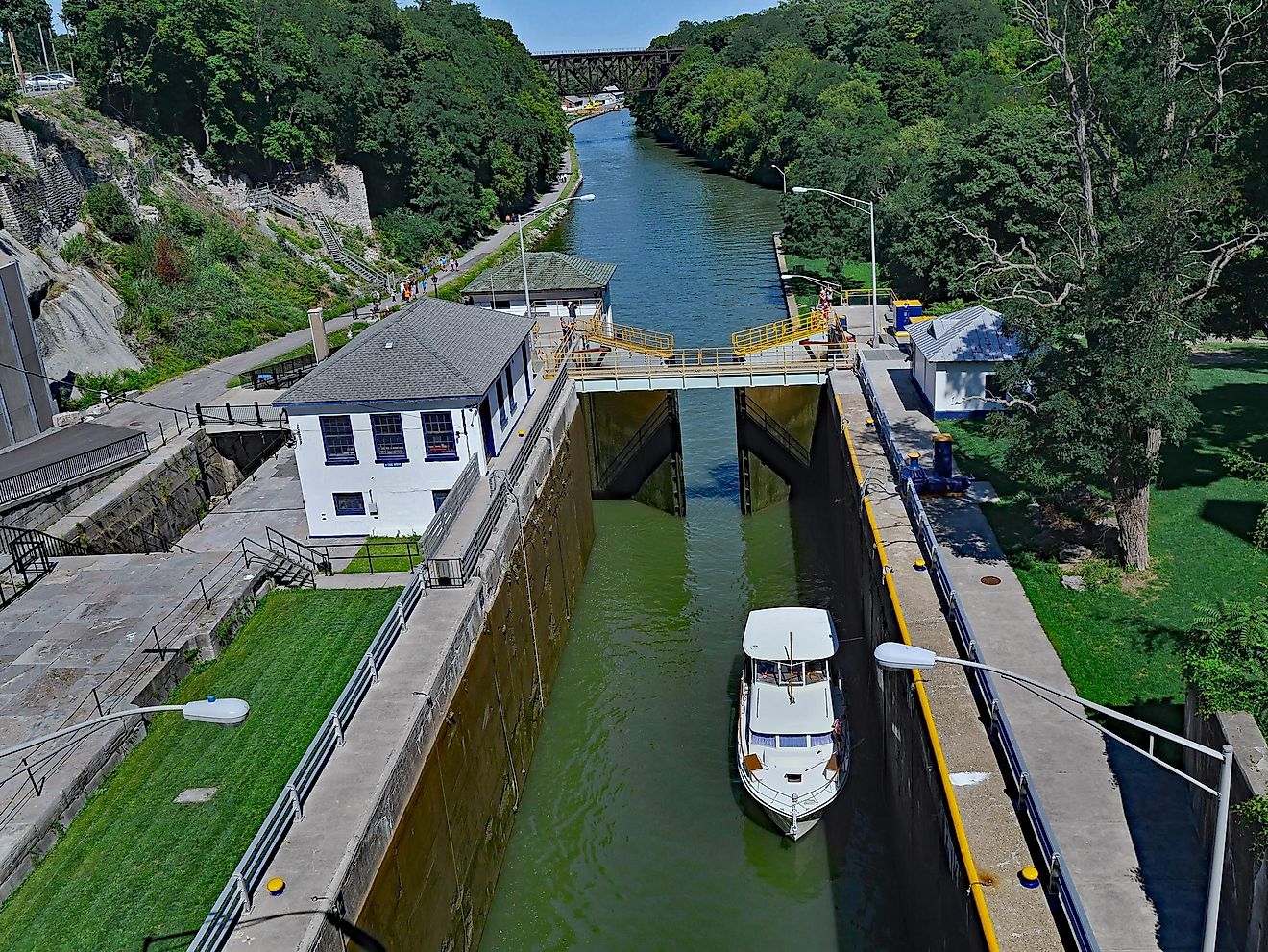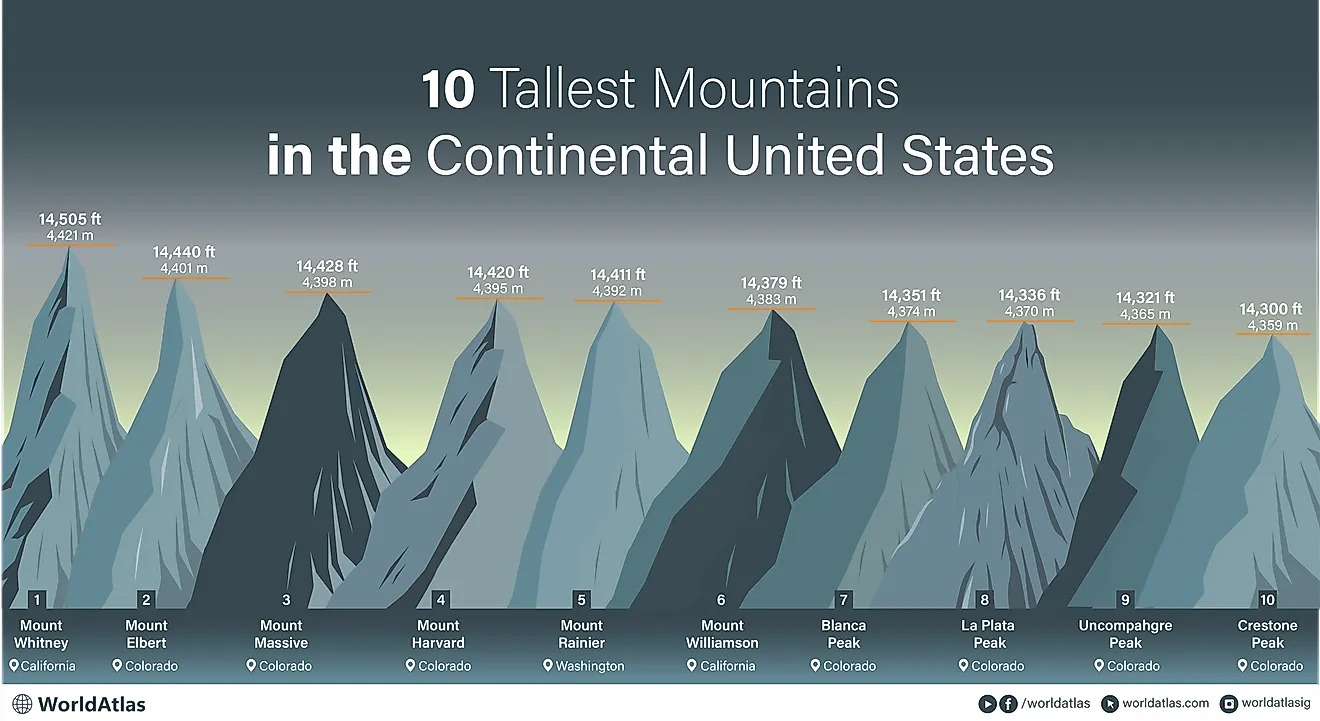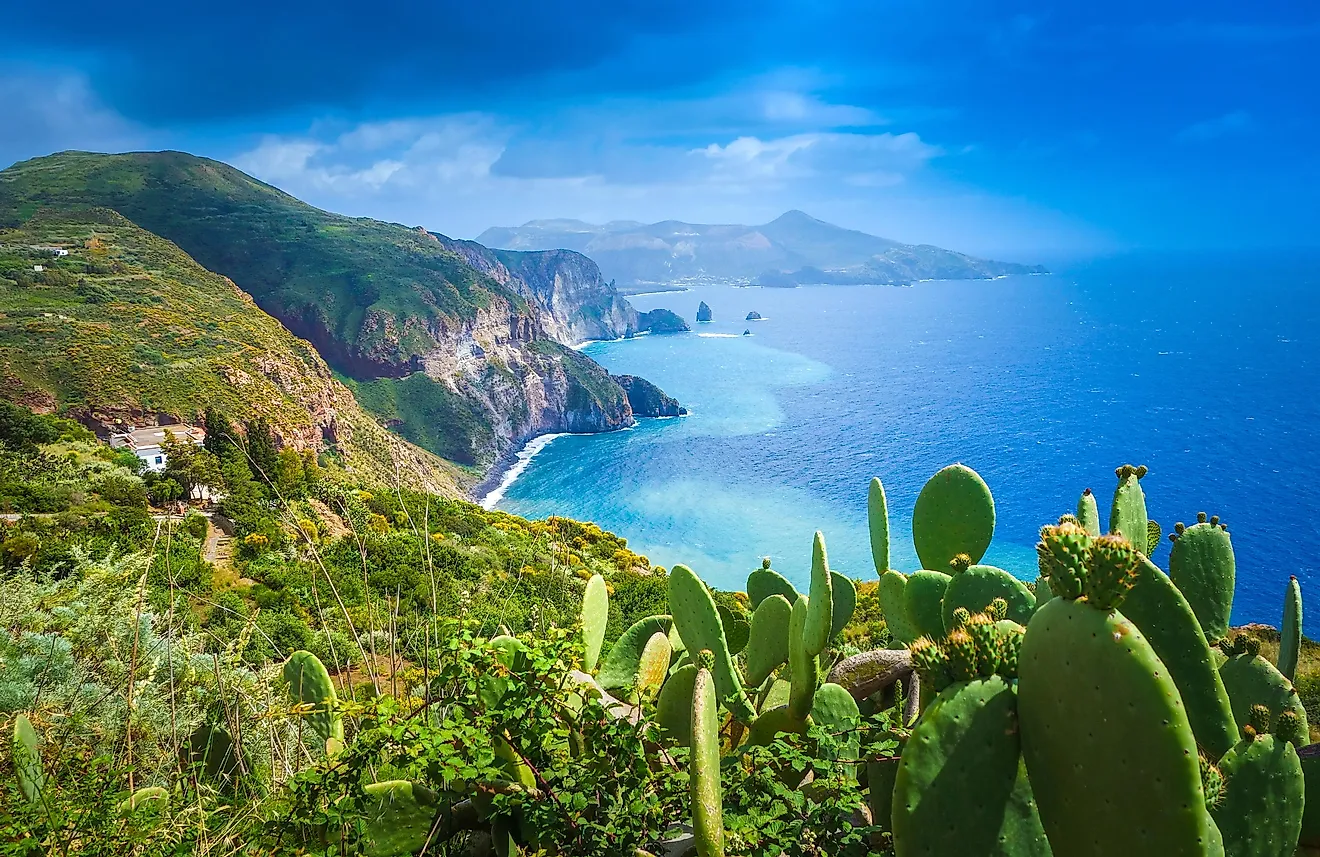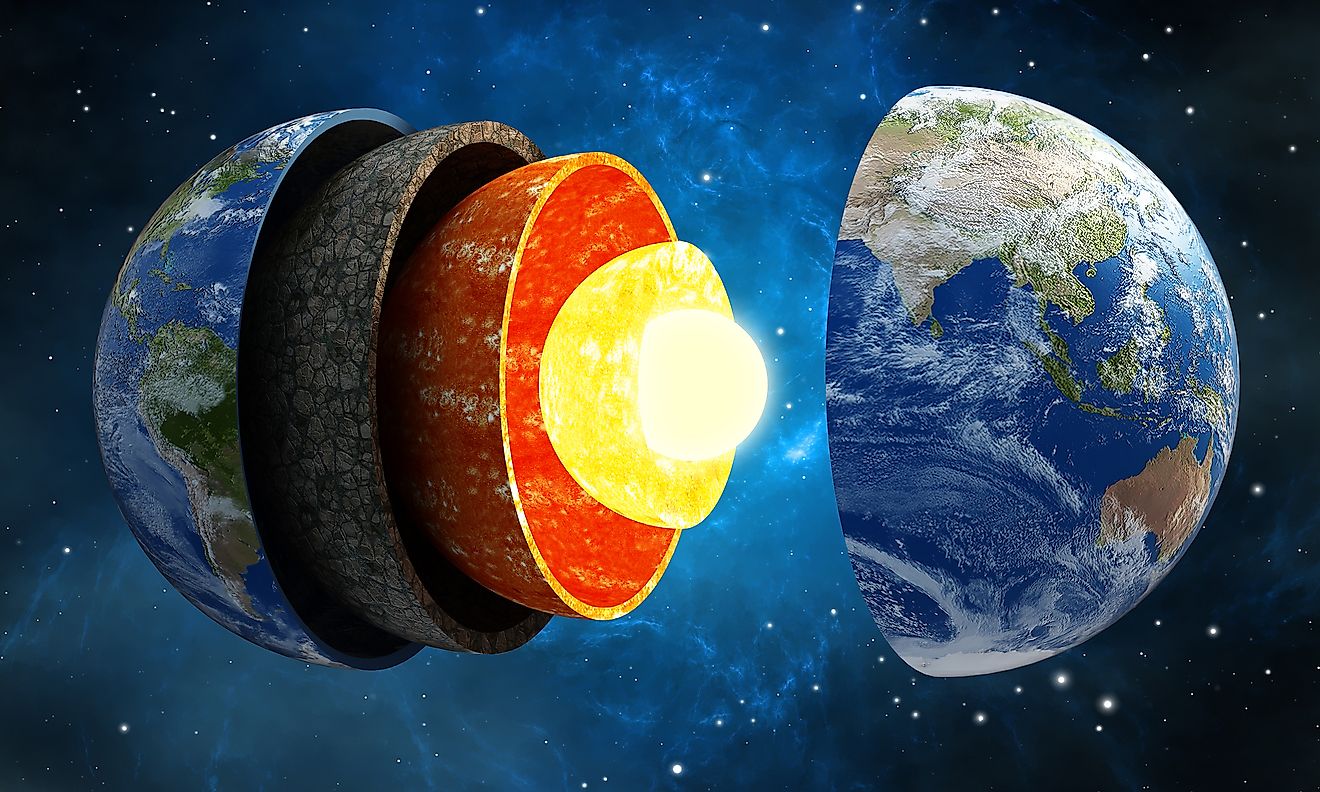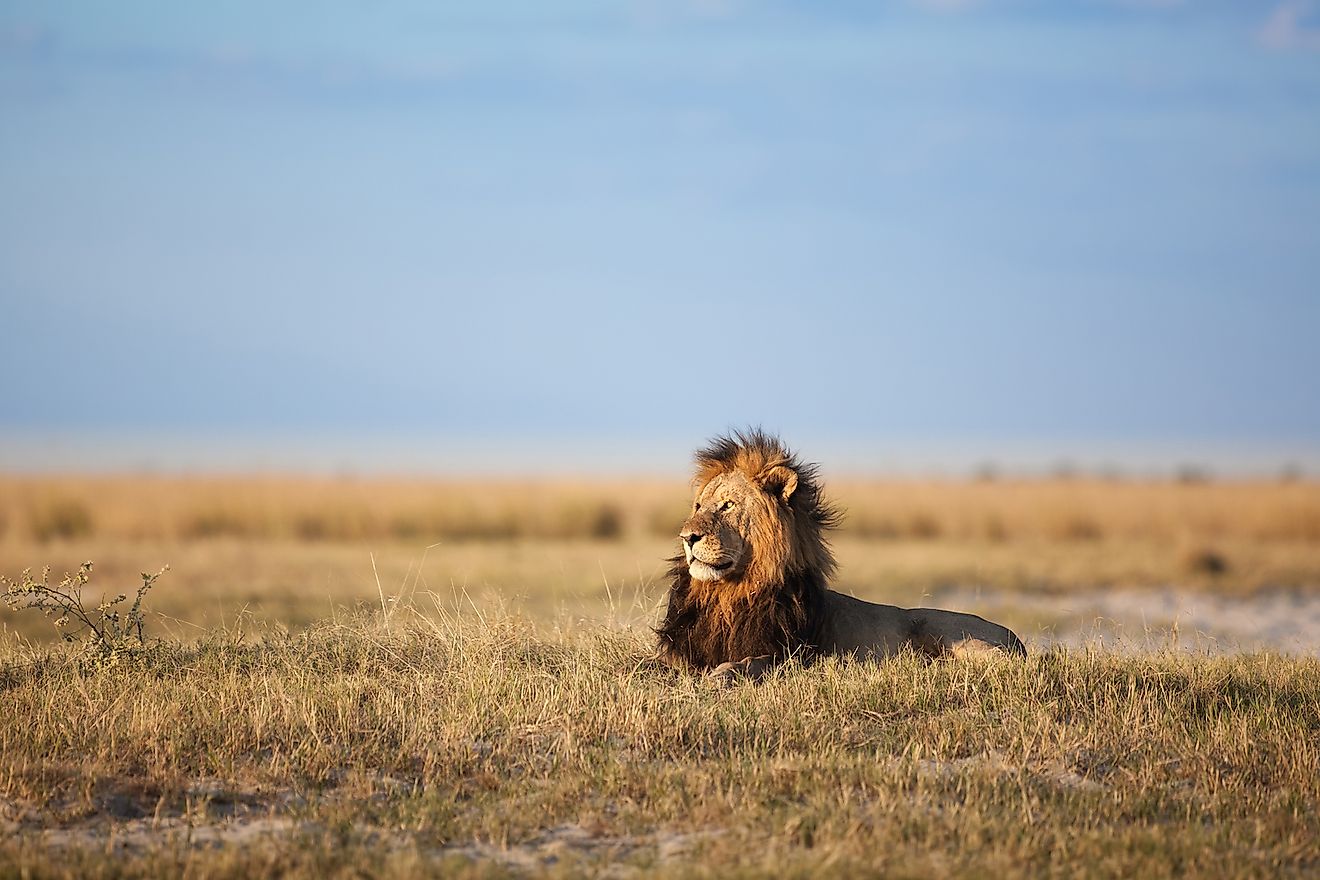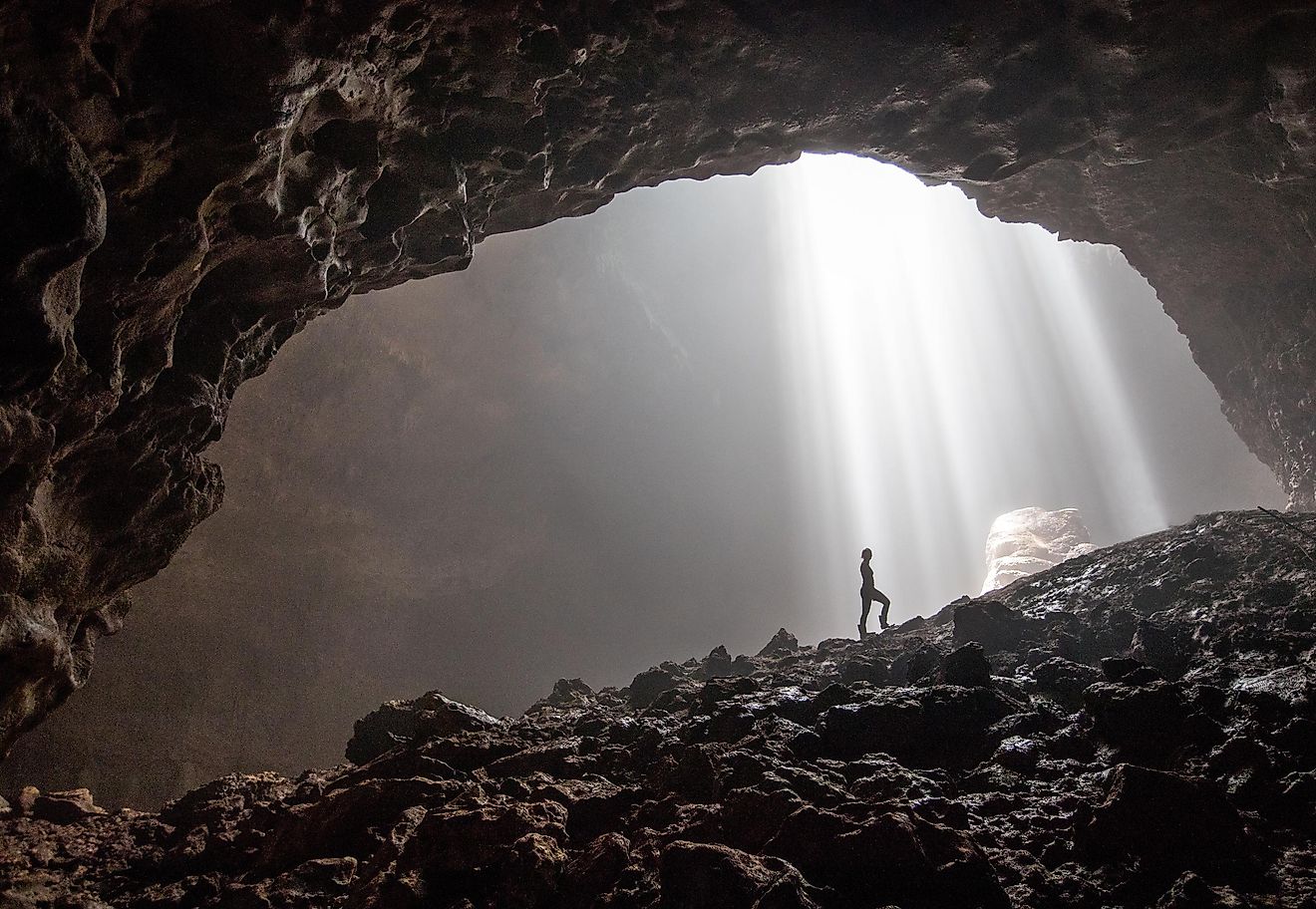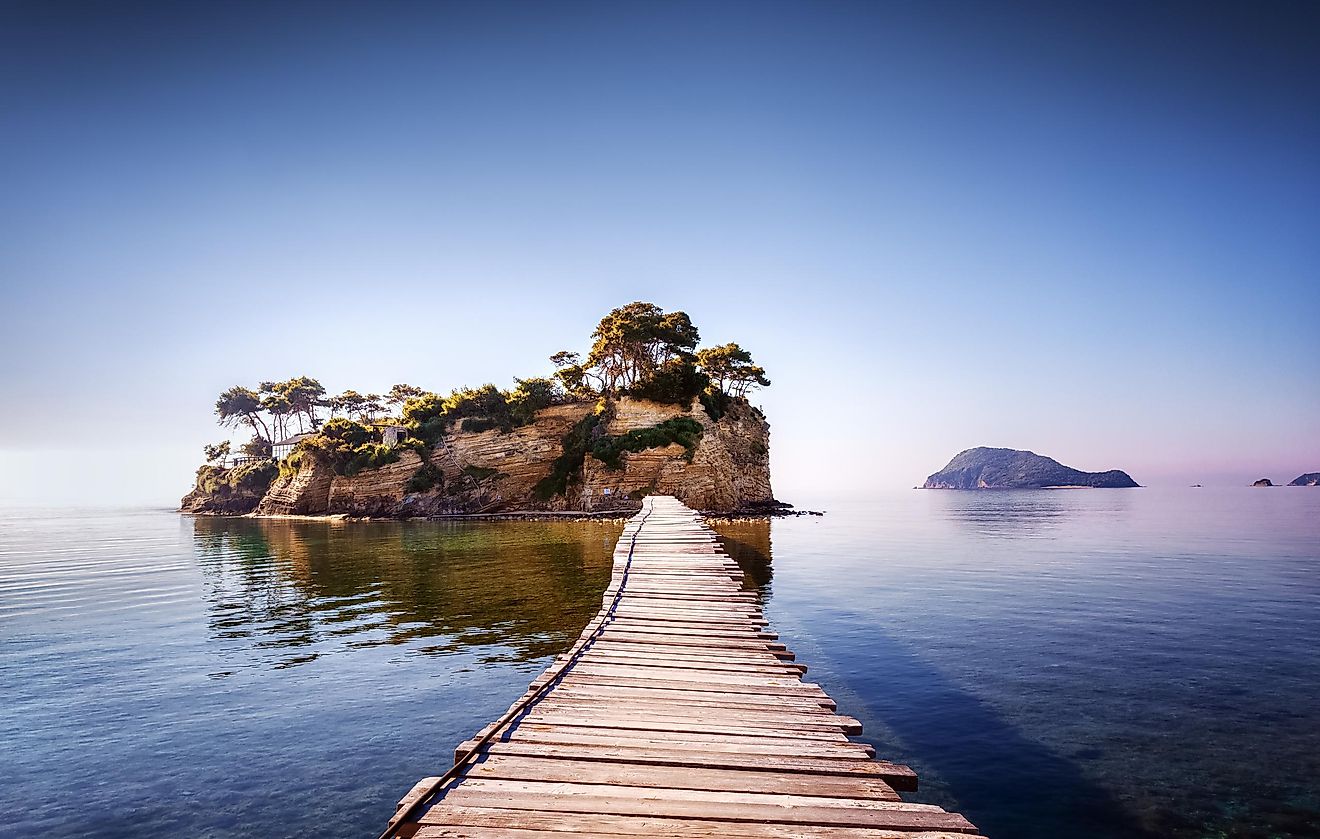
Hormuz Island
As its name implies, Hormuz Island is located in the strategic Strait of Hormuz, which is situated in the Persian Gulf region, between Iran in the north and Oman and the United Arab Emirates to the south. The island, which is controlled by Iran, is known for its unique scenery and colorful soil, which has earned it the nickname, “Rainbow Island”.

History
Hormuz Island has gone through a series of name changes over the centuries. The ancient Greeks referred to the island as Organa. During the Islamic period, it was called Jarun. Finally, the island was named Hormuz after the important harbor town of the same name. Several notable explorers have traveled to Hormuz Island, including Marco Polo, who visited the island in 1290. The island was later visited by famous Arab explorer, Ibn Battuta. In the 15th century, a Chinese fleet sailed to the island as part of their voyage to explore the Indian Ocean.

In 1507, the Portuguese took control of Hormuz Island. They built a fortress on the island to deter invaders, calling it Fort of Our Lady of Conception. The island served as a stopover for Portuguese ships sailing to Goa and Gujarat in modern-day India. The island would remain under Portuguese control until 1622, when a combined Anglo-Persian force seized the island on behalf of the East India Company. Hormuz Island fell into decline during the Safavid Era, especially when Shah Abbas I developed the port city of Bander Abbas on the Iranian mainland to become the new center of trade in the area. Thus, the island became a sparsely-populated fishermen’s island, though some development took place there in the late 20th century.
Geography

Hormuz Island is 42 sq. km in land area. It is covered by sedimentary rock and volcanic ash. The highest point on the island is approximately 186 meters above sea level. Hormuz Island is largely barren. Because of the lack of precipitation, the soil and water on the island are salty. The landscape of Hormuz Island is mostly red in color. This is due to a high concentration of iron oxide. Whenever waves from the ocean hit the sands of Hormuz Island, those waves turn pink. But although the island is well-known for its red landscape, it is also known for various other colors.

Indeed, Hormuz Island is covered with colorful soil and sand. Colors to be seen in the island’s sand and soil include red, gold, silver, and white. The sand and soil on the island come in different colors due to chemical reactions. If you walk on the surface of Hormuz Island, you will probably find that the color of the sand or soil changes every few hundred meters. Hormuz Island is also famous for its rock formations, which include caves and salty mountains.
People
Most of the inhabitants of Hormuz Island work as fishermen, as fishing is the main source of income on the island. People native to the island belong to an ethnic group known as the Bandari, which literally translates as “people of the port.” Bandari women can often be found wearing colorful clothes and a type of mask known as a boregheh. This mask has a religious meaning, though it is also meant to protect wearers from the sun.
Tourist Attractions

Hormuz Island is home to a number of specific attractions. One such attraction is the Portuguese castle, which was built when the Portuguese controlled the island. The castle includes a church and remnants of cannons that the Portuguese used to protect the structure. Other, natural attractions include several notable beaches, the Salt Cave, the Valley of Silence, and perhaps the most colorful part of the island, the Rainbow Valley, which is home to a combination of different colored soils.
